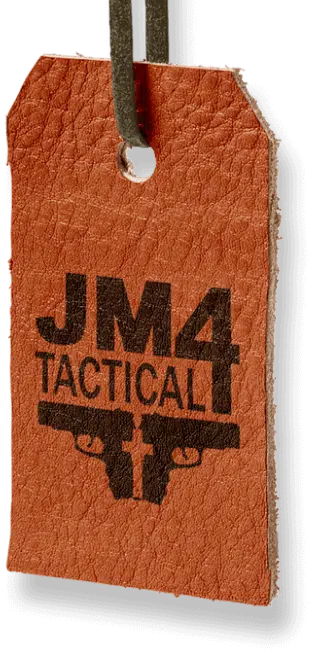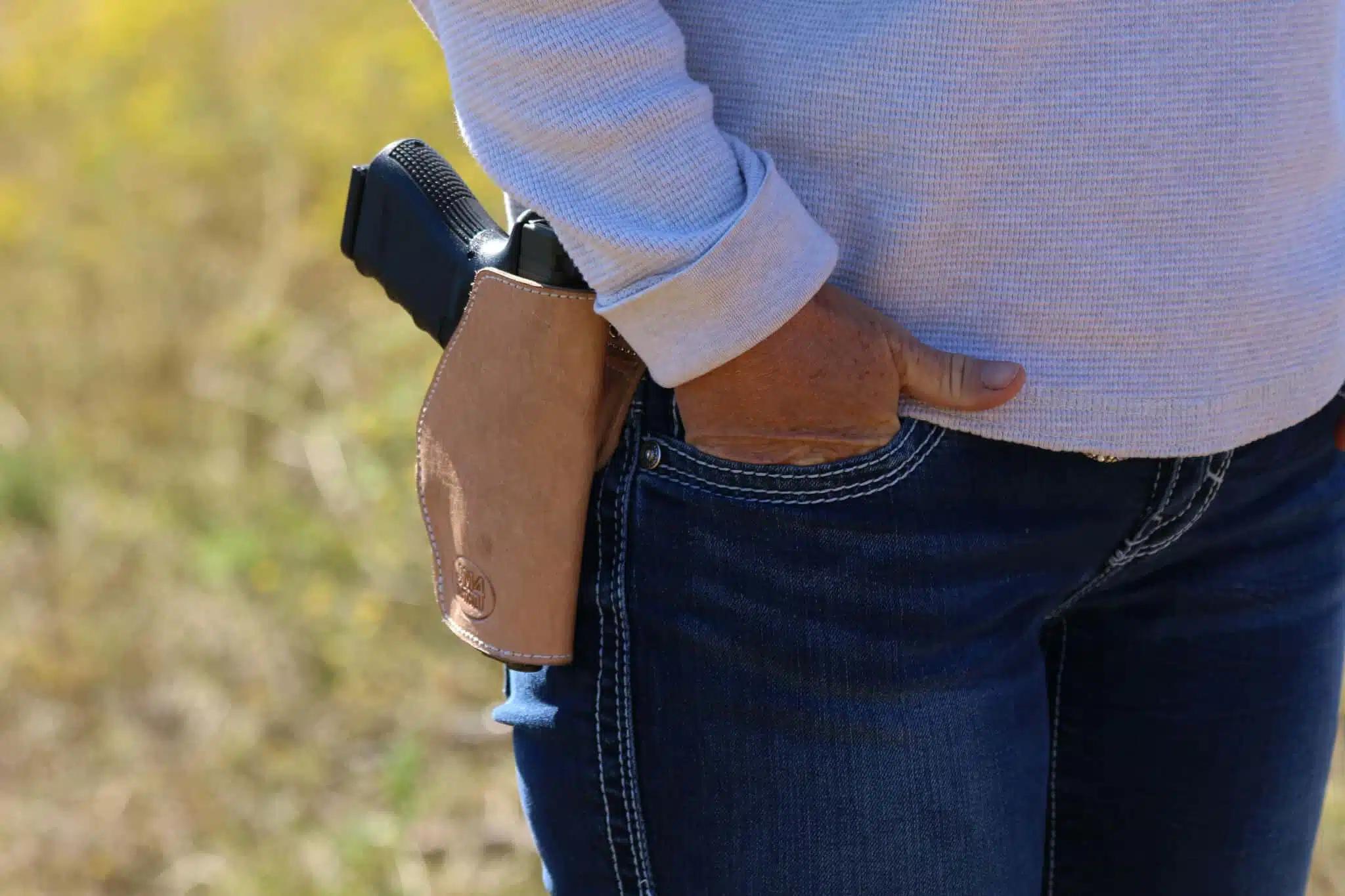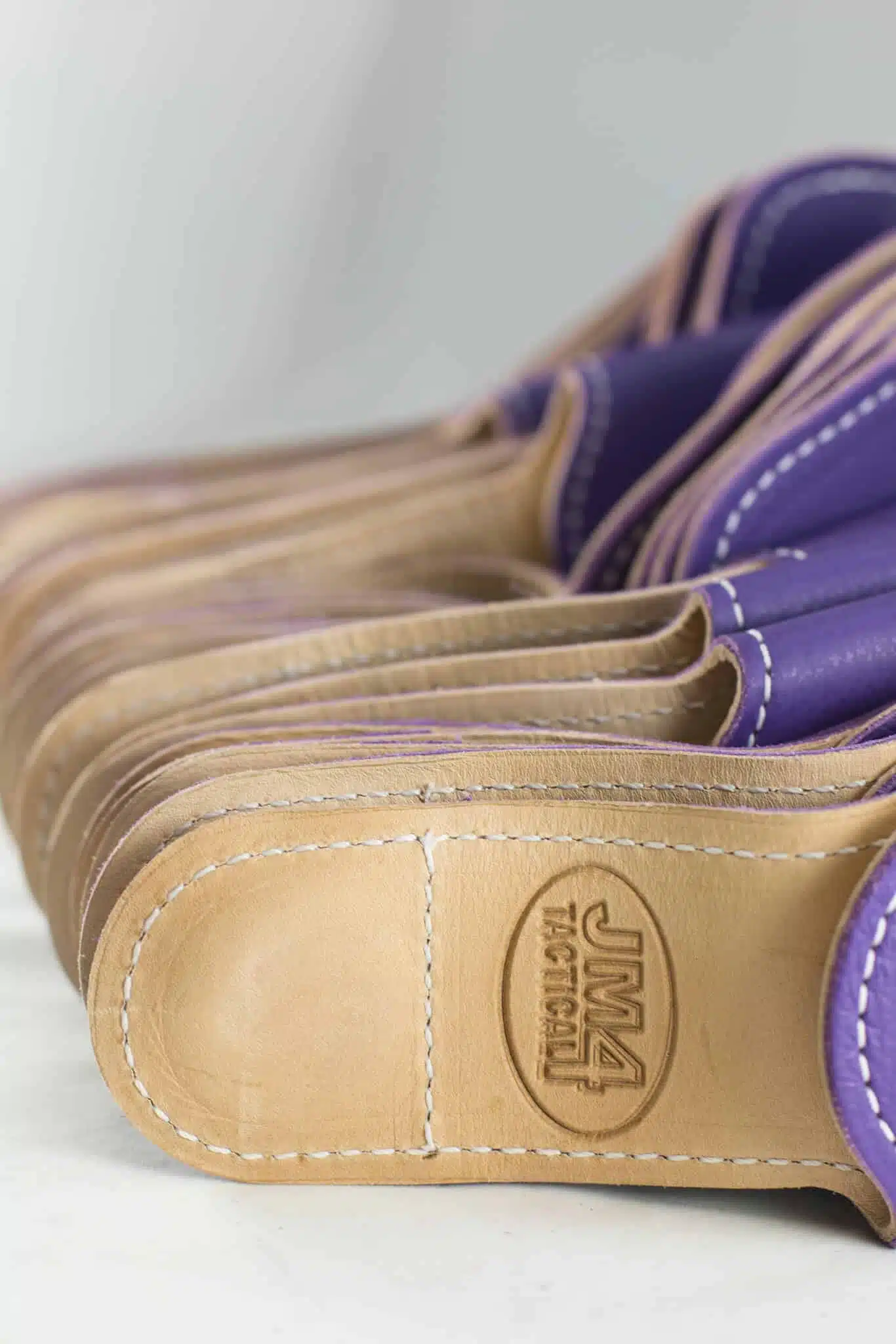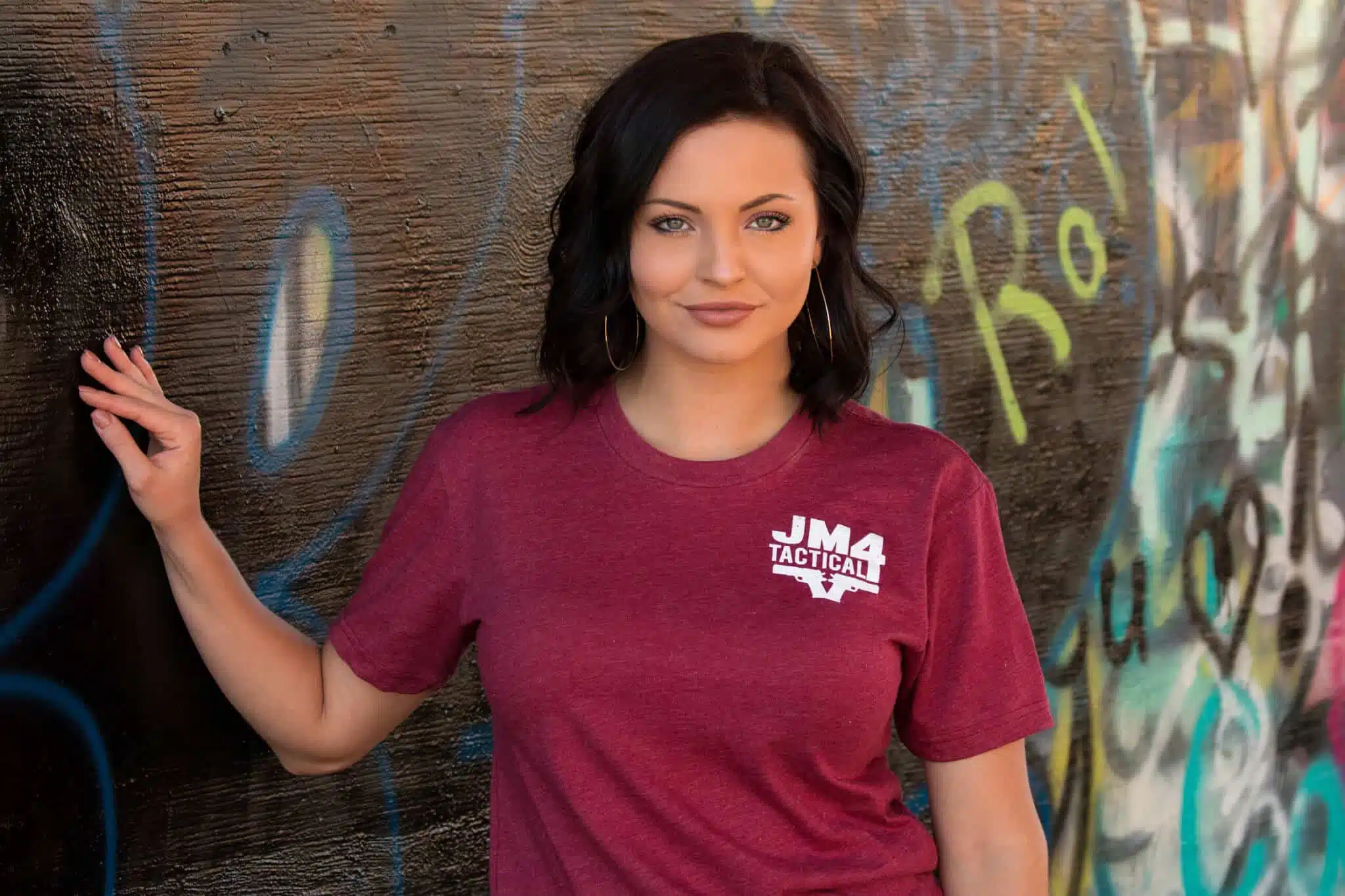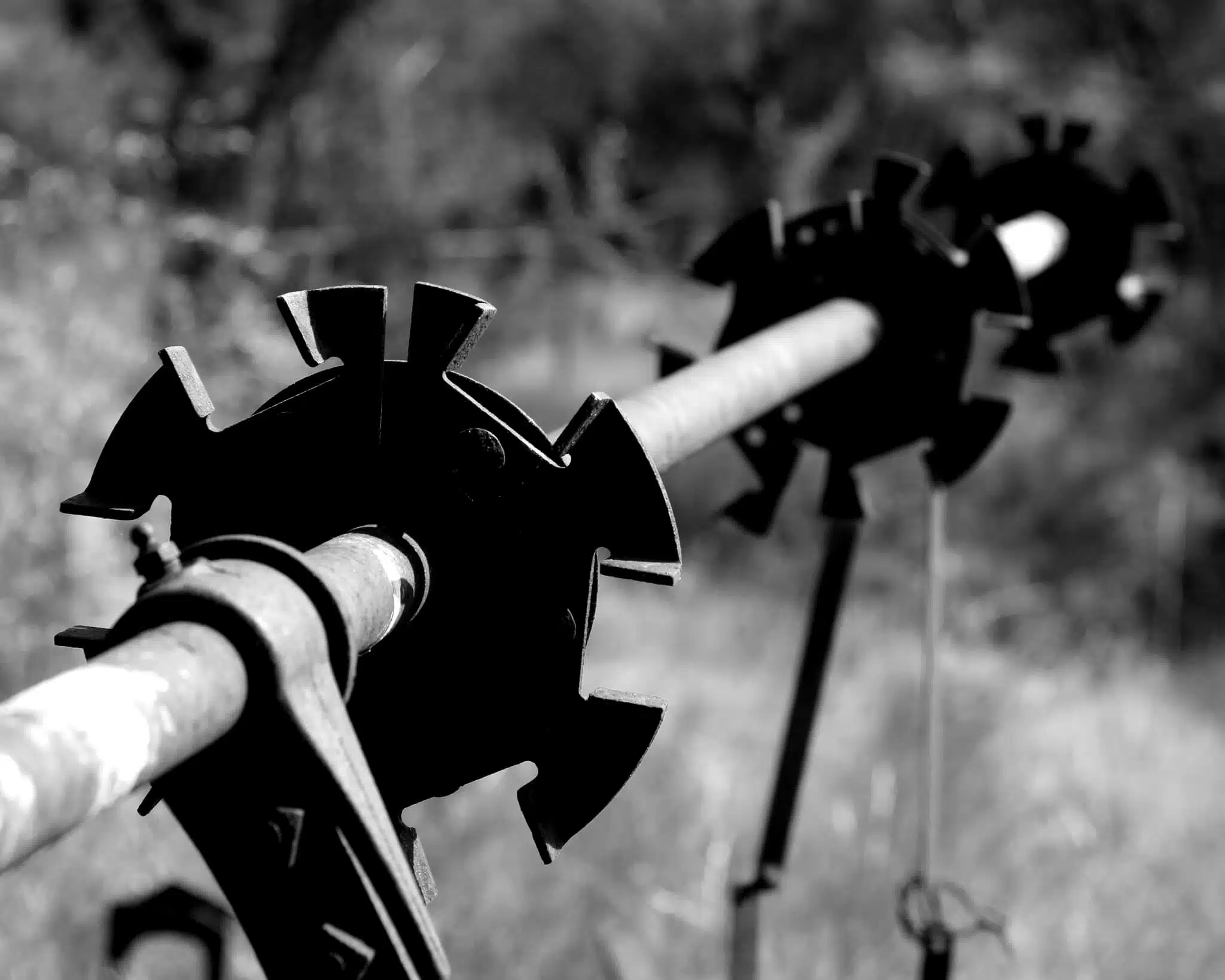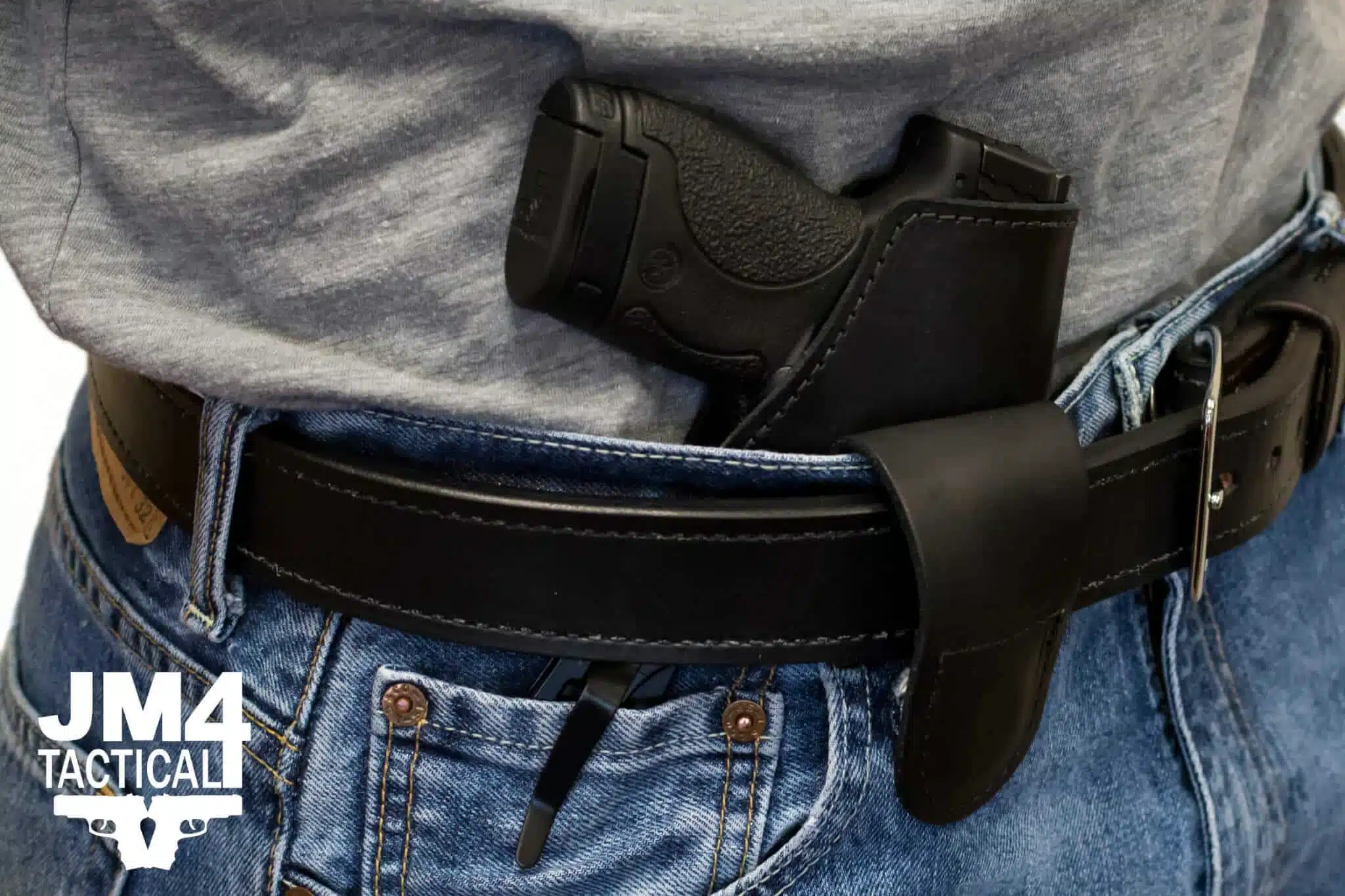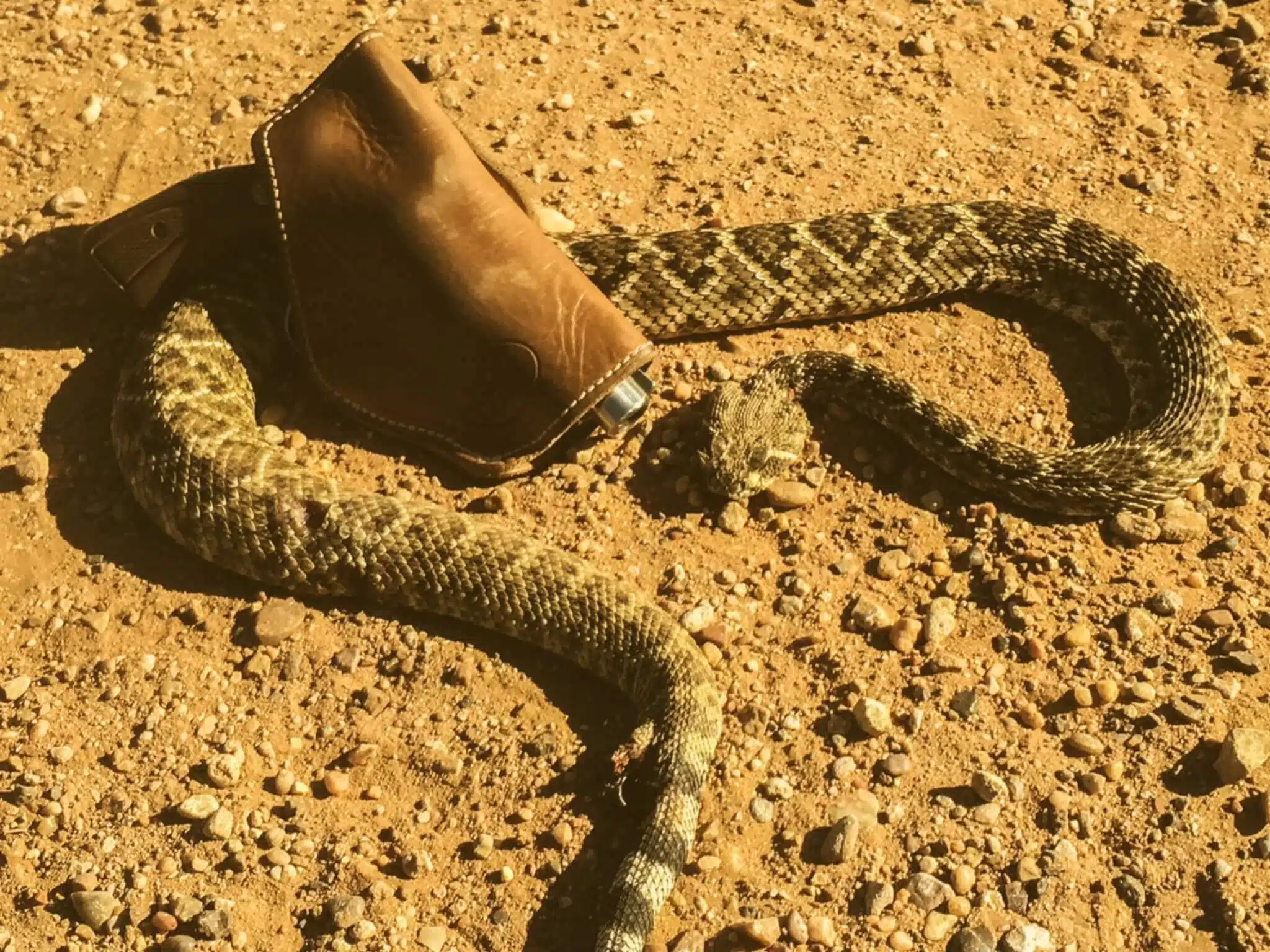Why You Should Practice That Draw
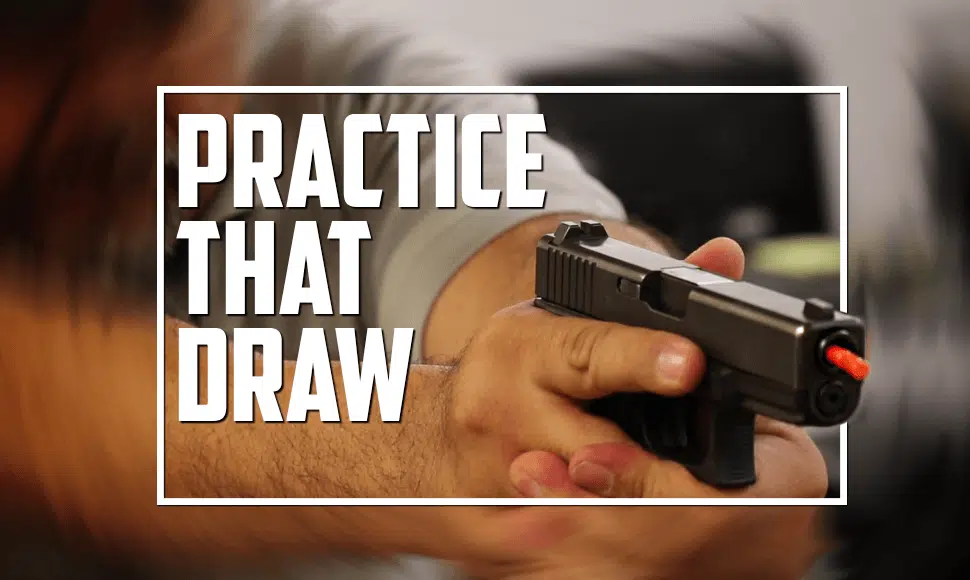
Being well-armed does not amount to a hill of beans if your skills are not regularly practiced and honed. The concept of training is a necessary part of your life, as a gun owner this should be engrained into your mind. Some states require training to obtain a license to carry. Depending on the regulations, training might be a classroom-only class covering simple things like safety rules and how to load and unload a firearm. Other states may require a live-fire element to any training regime. Regardless of what situation you’re in, basic training is just the beginning.
Live fire practice and range time are pivotal to your success as an armed citizen. Practice with a purpose is more important than just plugging holes into a sheet of paper. Take what you have learned in your classes and implement those drills. Therefore, it is essential to take your training to the next level, get you a guide on what you should be practicing and how.
One of the most important things that you can do is practice drawing your firearm. Armed with the training you have received, take some time out of your week, and put in the work. Dry fire practice is something that can and should be incorporated into your sessions.
Set up a safe area in your home where you can dry fire with your firearm. Make sure there is no ammunition in the area and establish your “safe direction.” Ensure your gun is unloaded. Set up your target of choice. Once you have the area staged, you can start going over your drills.
When drawing from a holster, go back to your training and break down the steps for the process. Go through each movement slowly and deliberately. The key to doing these practice sessions is to establish good muscle memory. The goal here is not to be the quickest you possibly can from
the get-go but to build up your draw being natural and smooth. Once you’ve gained proficiency in presenting your firearm, then you can work on your speed. If you have not heard it before, you can read it here: Slow is smooth, and smooth is fast.
If you’re a new carrier, it’s of particular importance to pay attention to what’s being discussed here. You want to make sure that you don’t establish any “training scars” that can impede your ability to draw your firearm with purpose. If you’re an experienced carrier, it’s still important to
continue to practice these skills, as they are perishable.
Then you should incorporate into the drawing of your firearm practice sessions is dry fire. Dry fire is a great tool to use independent of drawing from a holster and while drawing. Dry fire will get you focused on the fundamentals of shooting and build that needed muscle memory mentioned earlier. Much like practicing your draw, this is not a race but rather an exercise to work on and build on.
Practice your draw and dry fire at the same time. See how everything comes together and feels when doing the exercise. Evaluate yourself for any areas that you do not think were crisp and clean. If you believe you’re sloppy, slow down and focus on each step of the draw/dry fire exercise. Over time you should feel comfortable putting everything together, and the motion will become second nature. After that, your goal would be to maintain proficiency.
There are a couple of other things to consider when working on your draw and dry fire practice. On the market, there are several products to aid shooters. Laser training systems and units that track the motion of your firearm during a shot can all be purchased. I don’t recommend getting out there and buying everything you see for sale, but rather evaluate your areas that need improvement and try to fit a product to your needs. These products will help identify what you may be doing right and maybe doing wrong when practicing.
There are also several different drills that you can work into your routine. Find exercises and systems that will help you meet your goals. Incorporating new scenarios into your sessions will help challenge you and keep you sharp. Find methods that have good ratings by reading the reviews and any drill found online, make sure they are from a reputable source.
Whatever your needs are concerning firearm ownership, training and practice are paramount. Knowing the difference between the two is essential as well. Training is where learning occurs; practice is what you do with what you have learned. The most important thing to remember whenever setting up a “cold” training session is to make sure your firearm is unloaded, and there is no ammunition in the area.

John Petrolino is a US Merchant Marine Officer, writer,
author of “Decoding Firearms: An Easy to Read Guide on General Gun Safety & Use” and USCCA certified instructor, NRA certified pistol, rifle, and shotgun instructor living under and working to change New Jersey’s draconian and unconstitutional gun laws. You can find him on the web at www.johnpetrolino.com on Twitter at @johnpetrolino, and on Instagram @jpetrolinoiii
